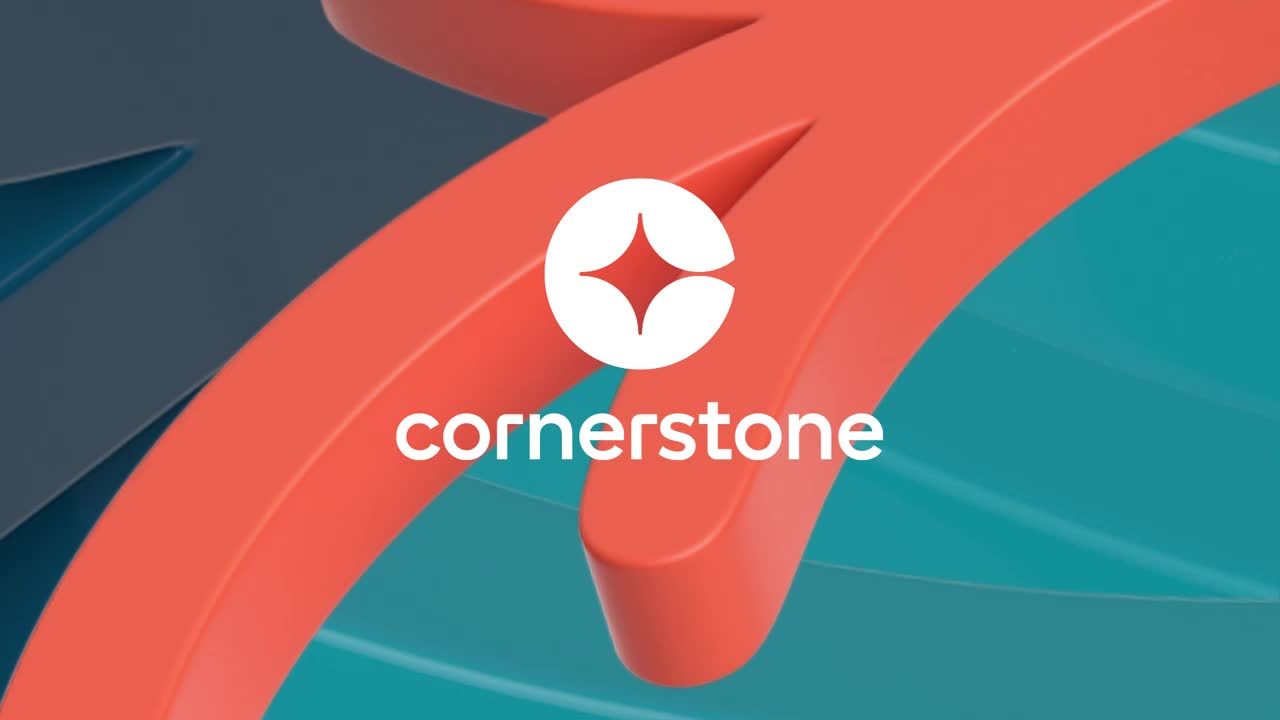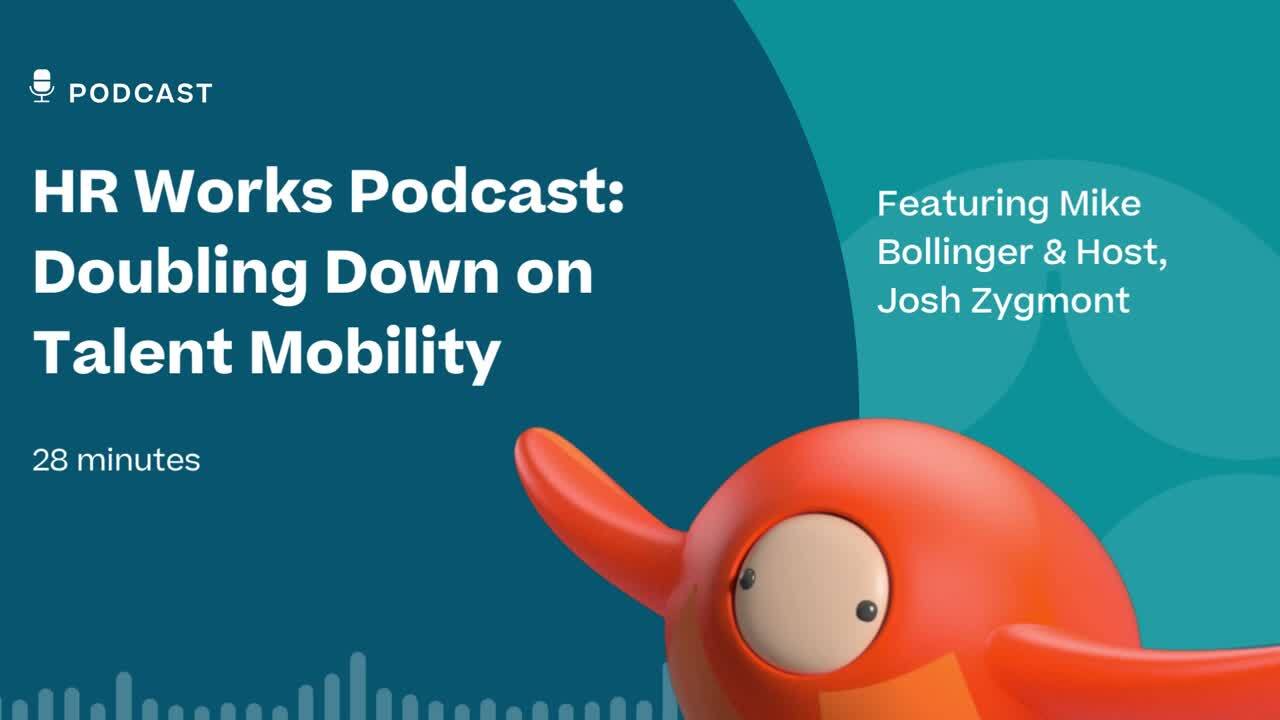Many organizations are still navigating the workplace buzzwords that shaped 2022, like “quiet quitting” and “quiet firing.” It’s a new year with a new, trendy term to add to your HR lexicon. From boardrooms to production plants, the buzzword "quiet hiring" is what everyone is, ironically, loudly discussing.
Quiet hiring is when organizations fill skill gaps by training the people they already have. And with a 4.8 million surplus of open jobs over available workers and an economic downturn, organizations are looking for cost-effective ways to fill skills gaps and maximize their current talent. Quiet hiring can be how you close talent gaps from within without spending time, money and resources on new hires.
Critics may see quiet hiring as adding burdens onto existing employees, overwhelming them with tasks they’re unprepared to complete. And done wrong, that’s precisely what quiet hiring can be. But done right, not only do organizations fill their needed gaps and increase retention rates and engagement of their best people, but also employees gain new skills and experiences.
Here are the two key talent mobility strategies you need to know to ensure you’re getting quiet hiring right for your organization and your people.

How short-term relief can bring long-term gains
Short-term, quiet hiring benefits employers during a talent shortage by upskilling their workers and fast-tracking them through the onboarding process. It also supports organizations long-term. When employers quiet hire, they provide career growth opportunities that increase employee satisfaction and retention. Gartner's research team found that 56% of candidates report applying for jobs outside their current area of expertise, and they expect this number to continue to rise. Employers can stay ahead of the curve by giving career visibility, sparking continuous innovative ways to engage employees and prepare for tomorrow’s future-ready workforce.
The Cornerstone People Research Lab in partnership with Lighthouse Research & Advisory talent mobility study found that the number one way employees prefer to enhance their skills is through experiences and technology-enabled talent development. When you create learning with a purpose, you can expand opportunities for advancement across your organization. Your people developing their skill sets pays dividends for you and them in the short and long term.
What it means for your peak performers
Quiet hiring can help your organization identify your best and brightest and support them throughout their career journey. Employees have a pivotal opportunity to gain benefits they can expand to all aspects of their career progression:
- Professional development – Gain new skills that help them advance their career and the experience to grow their resume and portfolio
- Increased market value – Expand their marketability and the opportunity to negotiate pay and title as they develop in various new areas
- Hands-on experience – Expand knowledge in a new field and cross-train with other departments

Mike Bollinger, Global VP of Strategic Initiatives, Cornerstone, takes a closer look at the findings from the 2023 Talent Mobility Study, released by the Cornerstone People Research Lab and Lighthouse Research & Advisory.
Our talent mobility study found that 70% of employees said they’re more likely to stay with an organization that offers continuous training and learning. AI can help organizations identify who would be the best fit to learn new skills and fill their gaps. With the right AI-powered technology, workers can grow their careers by exploring ways to define their own path to success.
Out-loud communication is key
While quiet hiring becomes a pivotal part of many organizations’ strategic goals for the new year, communication and career visibility are still key to unlock successful talent mobility. Employers must be transparent and reassuring when explaining the reasons behind reorganizing their workforce. Otherwise, team members may question their future within the organization.
Open and honest career conversations allow employers to upskill and develop their most valuable employees, unlocking their limitless potential. Employers who are upfront about the new roles and responsibilities allow talent the opportunity to manage time efficiently and excel in their career goals. Employees want to feel valued and seen while having opportunities to learn and grow.
To learn how to creatively conquer the business challenges of tomorrow and ensure your people feel passionate about work, download this eBook
co-authored by Dr. Edie Goldberg, an expert in the future of work and talent management.
Recursos relacionados
Quer continuar aprendendo? Conheça nossos produtos, histórias de clientes e as informações mais recentes do setor.
Publicação em blog
Causes, consequences and solutions for the talent drought
As we inch closer to 2024, organizations find themselves in the middle of a talent drought. This worker shortage is sending shockwaves through various industries, becoming a pervasive concern from boardrooms to production plants. The lack of qualified employees will shape next year’s global economic landscape.
Publicação em blog
Die 5 großen Vorteile eines Talent Marketplace
Heutzutage bleiben Mitarbeitende nur noch selten in einem bestimmten Beruf. Anstatt in einer Abteilung eines Unternehmens die Karriereleiter zu erklimmen, wechseln sie häufig zwischen verschiedenen Funktionen und Branchen, um ihre Fähigkeiten auszubauen. Personalabteilungen können sich diese Art von Karriereplanung zu Nutze machen, indem sie mittels eines Talent Marketplaces Mobilitätsmöglichkeiten anbieten und die Mitarbeitenden ermutigen, ihre Karriere selbst in die Hand zu nehmen.
Publicação em blog
5 big benefits of a talent marketplace
These days, employees rarely stick to one job track. Instead of climbing the corporate ladder in one department of one company, they’re likely to move between roles and industries to build their skill sets. Human resources (HR) teams can capitalize on and engage with this career convention by utilizing a talent marketplace to provide mobility opportunities and encourage employees to take charge of their careers.